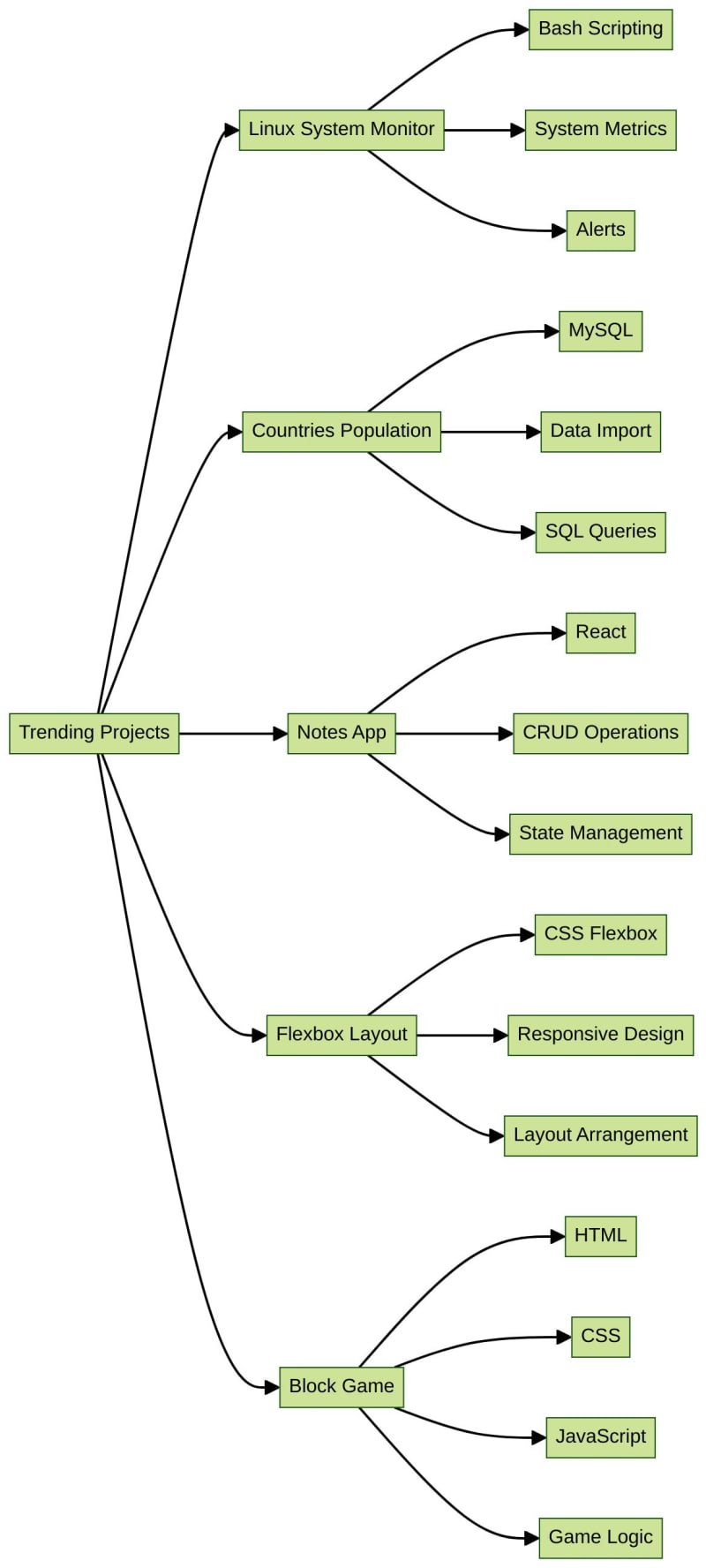Today’s digital world has made cloud computing a basic component of modern technology, changing both how individuals and corporations handle their digital lives.
What is Cloud Computing?
Cloud computing refers to the delivery of computing services—including servers, storage, databases, networking, software, analytics, and intelligence—over the internet (“the cloud”). This allows for faster innovation, flexible resources, and economies of scale. Instead of owning their own computing infrastructure or data centers, companies can rent access to anything from applications to storage from a cloud service provider.
Benefits of Cloud Computing
Cost Efficiency One of the most significant benefits of cloud computing is cost savings. It eliminates the capital expense of buying hardware and software and setting up and running on-site data centers. Additionally, the pay-as-you-go pricing model means you only pay for what you use, which can lead to significant savings.
Scalability Cloud computing provides the ability to scale resources up or down as needed. This means you can easily handle increased workloads or expand your services without investing in new infrastructure.
Performance Major cloud services run on a worldwide network of secure data centers, which are regularly upgraded to the latest generation of fast and efficient computing hardware. This offers several benefits over a single corporate data center, including reduced network latency and higher economies of scale.
Speed and Agility With cloud computing, vast amounts of computing resources can be provisioned in minutes, giving businesses a lot of flexibility and taking the pressure off capacity planning. This agility can give businesses a significant competitive advantage.
Reliability Cloud computing makes data backup, disaster recovery, and business continuity easier and less expensive because data can be mirrored at multiple redundant sites on the cloud provider’s network.
Cloud Deployment Models
There are several ways to deploy cloud services, each catering to different business needs. The primary cloud deployment models include:
Public Cloud The public cloud is owned and operated by third-party cloud service providers, which deliver their computing resources like servers and storage over the Internet. All hardware, software, and other supporting infrastructure are owned and managed by the cloud provider.
Private Cloud A private cloud refers to cloud computing resources used exclusively by a single business or organization. A private cloud can be physically located on the company’s on-site datacenter, or it can be hosted by a third-party service provider. The services and infrastructure are maintained on a private network.
Hybrid Cloud A hybrid cloud is a combination of public and private clouds, bound together by technology that allows data and applications to be shared between them. By allowing data and applications to move between private and public clouds, a hybrid cloud gives businesses greater flexibility and more deployment options.
Cloud Service Models
Cloud computing services are typically offered in three primary models, each providing a different level of control, flexibility, and management:
Infrastructure as a Service (IaaS) IaaS is the most basic cloud service model, offering essential compute, storage, and networking resources on demand, on a pay-as-you-go basis. IaaS gives users the highest level of flexibility and management control over their IT resources.
Platform as a Service (PaaS) PaaS provides a platform allowing customers to develop, run, and manage applications without dealing with the infrastructure. This helps developers focus on the software development process without worrying about the underlying hardware and software layers.
Software as a Service (SaaS) SaaS is a way of delivering
software applications over the internet, on a subscription basis. With SaaS, cloud providers host and manage the software application and underlying infrastructure and handle any maintenance, like software upgrades and security patching.
In conclusion, cloud computing is transforming the IT landscape by providing individuals and businesses with powerful tools and resources that were once out of reach. With its cost efficiency, scalability, performance, speed, and reliability, it stands as an attractive solution for modern computing needs. By understanding the different deployment and service models, organizations can tailor their cloud strategies to meet their unique needs, fostering innovation and growth.



![[15/52] The Three Languages an Engineer Needs To Know (or maybe it’s more)](https://media.dev.to/cdn-cgi/image/width=800%2Cheight=%2Cfit=scale-down%2Cgravity=auto%2Cformat=auto/https%3A%2F%2Fdev-to-uploads.s3.amazonaws.com%2Fuploads%2Farticles%2F7zx0rh5uggp9bnn878y0.png)




